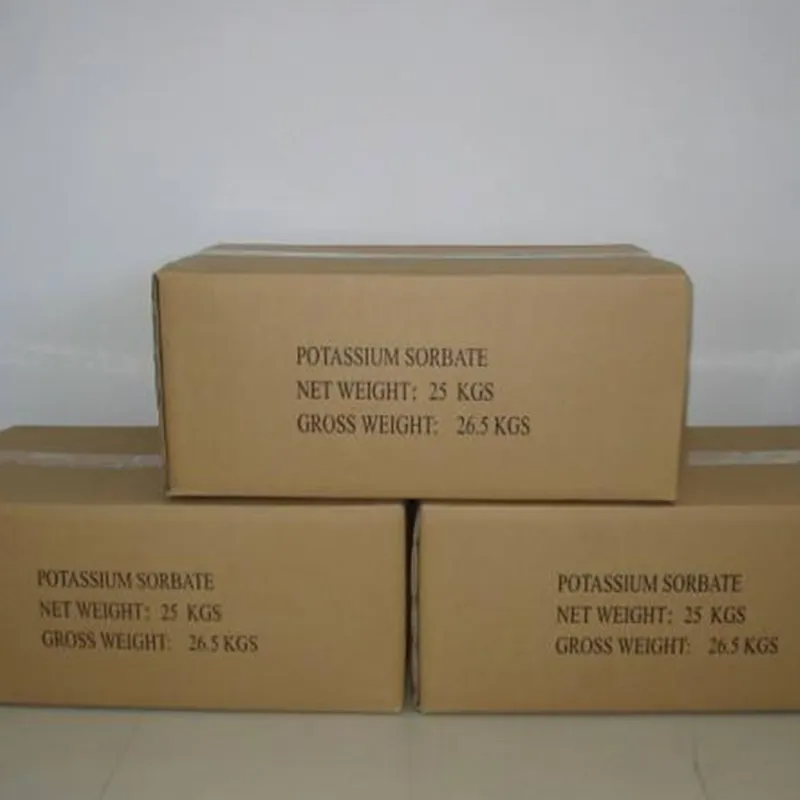
Understanding the Properties and Uses of Concentrated Glacial Acetic Acid
Concentrated Glacial Acetic Acid Properties, Uses, and Safety Measures
Concentrated glacial acetic acid, often referred to simply as glacial acetic acid, is a crucial chemical in both industrial and laboratory settings. With the molecular formula CH₃COOH, this clear and colorless liquid is a vital organic compound known for its sharp, pungent odor and strong acidic properties. It has a high degree of concentration, typically comprising more than 99% acetic acid, distinguishing it from the more diluted forms commonly found in household vinegar.
Chemical Properties
As a carboxylic acid, glacial acetic acid exhibits several notable properties. Its melting point is approximately 16.6°C (62°F), which allows it to solidify at lower temperatures, giving it the glacial moniker. It is miscible with water and many organic solvents, making it a versatile solvent in chemical reactions. This high concentration not only intensifies its acidity but also enhances its reactivity, leading to various chemical behavior in synthesis and analysis.
The acidic nature of glacial acetic acid can be attributed to its ability to donate protons (H⁺ ions) in aqueous solutions, which makes it a good candidate for a range of applications, from synthesizing other chemicals to serving as a titrant in analytical chemistry.
Industrial Uses
Glacial acetic acid plays a significant role in chemical manufacturing. It is a precursor to various important compounds, including acetate esters, which are widely used as solvents and in the production of plastics, paints, and coatings. Acetic anhydride, another derivative, is essential in the synthesis of pharmaceuticals and agrochemicals. Furthermore, the food industry relies on glacial acetic acid for the production of food preservatives and flavoring agents.
In addition to its synthetic applications, glacial acetic acid is also utilized in the textile industry for dyeing and printing processes. The acidity can assist in fixing dyes onto fabrics, enhancing color retention and vibrancy. Additionally, it is used in the production of synthetic fibers, contributing to the advancement of material sciences.
Laboratory Applications
concentrated glacial acetic acid

In laboratory settings, concentrated glacial acetic acid serves multiple purposes. Its strong acidic nature allows chemists to use it as a reagent in various chemical syntheses and reactions. For example, it is often employed in the esterification process to produce esters through the reaction with alcohols. Its ability to act as a dehydrating agent is also useful in certain chemical reactions, contributing to the formation of more complex compounds.
Moreover, glacial acetic acid is frequently used in molecular biology for DNA extraction procedures and as a buffer solution for various biochemical assays. Its role as a solvent for various compounds enhances its importance in research settings, providing a critical component for many analytical methods.
Safety and Handling
Despite its widespread applications, glacial acetic acid is a hazardous material that requires careful handling and safety precautions. Due to its corrosive nature, it can cause severe burns upon contact with skin and mucous membranes. Inhaling vapors can lead to respiratory distress and irritation. Therefore, it is essential to use appropriate personal protective equipment (PPE) such as gloves, goggles, and protective clothing when working with this chemical.
Proper storage is also crucial; glacial acetic acid should be kept in a cool, well-ventilated area, away from incompatible substances such as strong oxidizers and bases. It is advisable to store it in tightly sealed containers made of compatible materials such as glass or certain plastics.
In case of spillage, it is important to clean it up promptly using appropriate neutralizing agents, following safety datasheet recommendations. Emergency measures such as eyewash stations and safety showers should be readily accessible in facilities where glacial acetic acid is utilized.
Conclusion
In summary, concentrated glacial acetic acid is a multifaceted chemical compound with extensive applications across industries and laboratories. Its unique properties make it a valuable resource in synthetic chemistry, textile production, and various research applications. However, understanding its hazards and implementing stringent safety measures are essential for ensuring safe handling and minimizing risks. Whether in a laboratory or an industrial setting, the importance of glacial acetic acid cannot be overstated, marking it as a key player in the world of chemistry.
-
Buy High-Quality Trichloroisocyanuric Acid for Sale | TCCA 90% SupplierNewsAug.30,2025
-
Pure Sodium Dichloroisocyanurate Dihydrate | Powerful DisinfectantNewsAug.29,2025
-
Industrial Chemicals: Quality & Purity for Every IndustryNewsAug.28,2025
-
Nitrile Rubber Honoring Strict Production StandardsNewsAug.22,2025
-
Aspartame Ingredients Honoring Food Safety ValuesNewsAug.22,2025
-
Fertilizer for Balanced Plant NutritionNewsAug.22,2025
-
Cyanide Gold Processing with High Purity AdditivesNewsAug.22,2025
Hebei Tenger Chemical Technology Co., Ltd. focuses on the chemical industry and is committed to the export service of chemical raw materials.
-

view more DiethanolisopropanolamineIn the ever-growing field of chemical solutions, diethanolisopropanolamine (DEIPA) stands out as a versatile and important compound. Due to its unique chemical structure and properties, DEIPA is of interest to various industries including construction, personal care, and agriculture. -

view more TriisopropanolamineTriisopropanolamine (TIPA) alkanol amine substance, is a kind of alcohol amine compound with amino and alcohol hydroxyl, and because of its molecules contains both amino and hydroxyl. -

view more Tetramethyl Thiuram DisulfideTetramethyl thiuram disulfide, also known as TMTD, is a white to light-yellow powder with a distinct sulfur-like odor. It is soluble in organic solvents such as benzene, acetone, and ethyl acetate, making it highly versatile for use in different formulations. TMTD is known for its excellent vulcanization acceleration properties, which makes it a key ingredient in the production of rubber products. Additionally, it acts as an effective fungicide and bactericide, making it valuable in agricultural applications. Its high purity and stability ensure consistent performance, making it a preferred choice for manufacturers across various industries.





